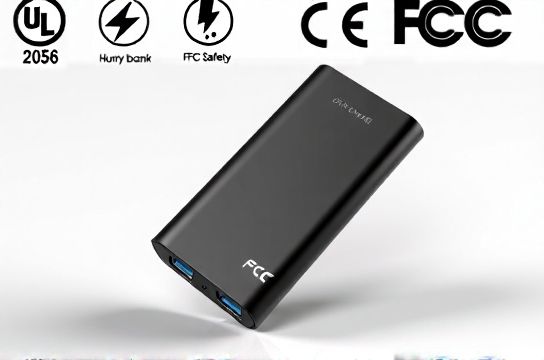Fast Charging Power Banks Safety Certification
- 时间:
- 浏览:39
- 来源:OrientDeck
Let’s be real — we’ve all been there. You’re on the go, your phone’s at 3%, and you’re hunting for your power bank like it’s the last slice of pizza. But here’s the kicker: not all fast-charging power banks are created equal. Sure, they juice up your device in record time, but are they actually safe? That’s where safety certifications come in — the unsung heroes of portable power.

Why Safety Certs Matter More Than Speed
We get it — 65W charging sounds sexy, but if your power bank isn’t certified, you might as well be playing Russian roulette with your gadgets (and possibly your couch). Certified power banks go through rigorous testing to prevent overheating, short circuits, and worst-case scenarios like fires.
The big names in certification include UL (Underwriters Laboratories), CE (Conformité Européenne), FCC (Federal Communications Commission), and PSE (Japan’s Product Safety Electrical Appliance & Material). These aren’t just fancy stickers — they mean the product meets strict regional safety standards.
Top Certifications Breakdown
Here’s a quick look at what each major certification means:
| Certification | Region | What It Tests For | Charging Support |
|---|---|---|---|
| UL 2056 | USA | Battery safety, overcharge, thermal runaway | Up to 65W PD |
| CE | Europe | EMC, electrical safety, RoHS compliance | Up to 30W |
| FCC Part 15 | USA | Radio frequency interference | All fast charging |
| PSE (METI) | Japan | Fire resistance, insulation, durability | Up to 45W |
Notice a pattern? The higher the wattage support, the more comprehensive the testing — especially under UL 2056, which is basically the gold standard for portable battery safety in North America.
Spotting Fake vs. Real Certs
Here’s a pro tip: just because a box says “CE” doesn’t mean it’s legit. Rogue manufacturers slap fake logos everywhere. Always check for a certification number or scan the QR code (yes, some brands now include them). Better yet, buy from reputable brands like Anker, Aukey, or Baseus — they don’t risk their reputation on shady compliance.
Real-World Risks of Uncertified Power Banks
In 2022, the U.S. Consumer Product Safety Commission reported over 4,000 incidents related to portable battery failures — from melted devices to house fires. Most involved uncertified, no-name brands bought online. Yikes.
Bottom line? Fast charging is awesome, but not worth burning down your apartment for. Always look for genuine safety marks before you buy.
The Smart Buyer’s Checklist
- ✅ Look for UL 2056 or CE marking on packaging
- ✅ Verify brand reputation (no $10 Amazon specials claiming 100W output)
- ✅ Check for built-in protections: over-voltage, temperature control
- ✅ Prefer models with transparent casing showing quality cells
Stay charged, stay safe. Your phone — and your home — will thank you.